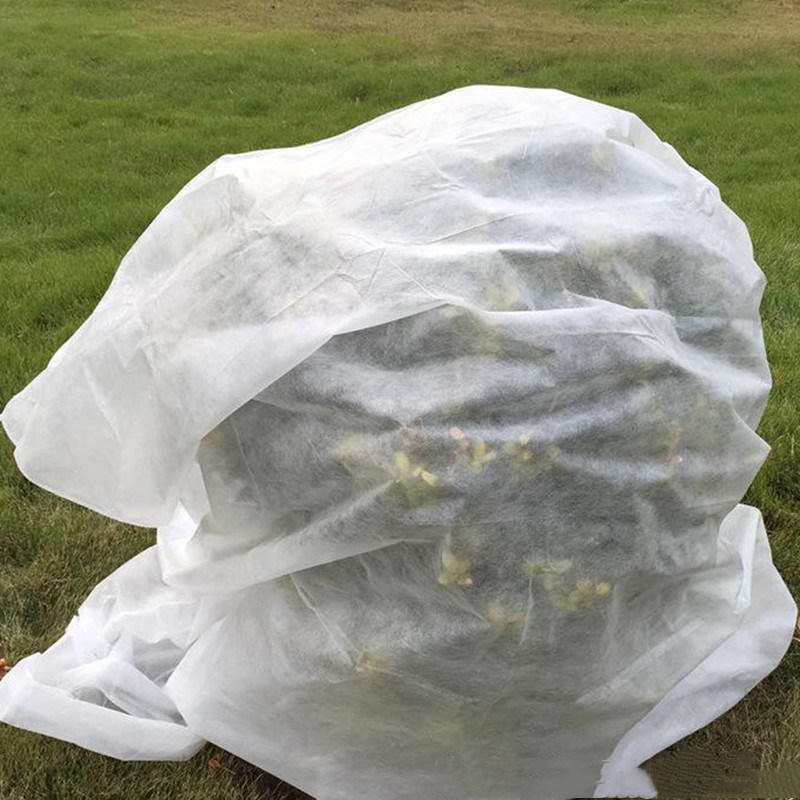In recent years, the global awareness of the importance of environmental protection has been increasing. As natural resources deplete and pollution levels soar, finding sustainable solutions is critical. One of the solutions that has received much attention is the use of PLA (polylactic acid) spunbond materials in various industries. In addition to its many advantages, PLA spunbond materials also play an important role in environmental protection.

PLA spunbond is a nonwoven fabric derived from renewable resources such as corn and sugar cane. Unlike traditional synthetic materials, PLA spunbond materials are biodegradable and do not contribute to the accumulation of plastic waste in landfills or oceans. By using PLA spunbond instead of traditional materials, we can significantly reduce the environmental impact associated with the production and disposal of non-biodegradable products.
The manufacturing process of PLA spunbond materials also has environmental advantages. It requires less energy and produces fewer greenhouse gas emissions than the production of petroleum-based synthetic materials. This helps mitigate climate change and reduces our carbon footprint. Additionally, the production of PLA spunbond does not involve the use of harmful chemicals or solvents, making it a safer and more sustainable choice for the environment and human health.
In addition to the manufacturing process, PLA spunbond materials are recognized for their versatility and durability. It can be used in a wide range of applications including packaging, agriculture, automotive, medical and hygiene products. Its strength and tear resistance make it ideal for a variety of uses without compromising its ecological benefits. By incorporating PLA spunbond materials into our everyday lives, we can move towards a more sustainable and environmentally friendly future.
Another important aspect of PLA spunbond is its potential as an alternative to single-use plastics. With growing concern over plastic pollution, finding alternatives has become critical. PLA spunbond offers a viable solution as it can be easily composted under controlled conditions, significantly reducing environmental impact. By using PLA spunbond materials in packaging and single-use products, we can eliminate the need for non-recyclable materials that contribute to the growing plastic waste crisis.
In conclusion, environmental protection is an urgent global issue, and finding sustainable solutions is crucial. PLA spunbond materials are a promising alternative to traditional synthetic materials and help protect the environment. Its biodegradability, low energy consumption and reduced carbon footprint make it a valuable resource in our pursuit of environmental protection. By adopting PLA spunbond across industries and replacing single-use plastics, we can take an important step towards a greener, more sustainable future.
Post time: Sep-08-2023
